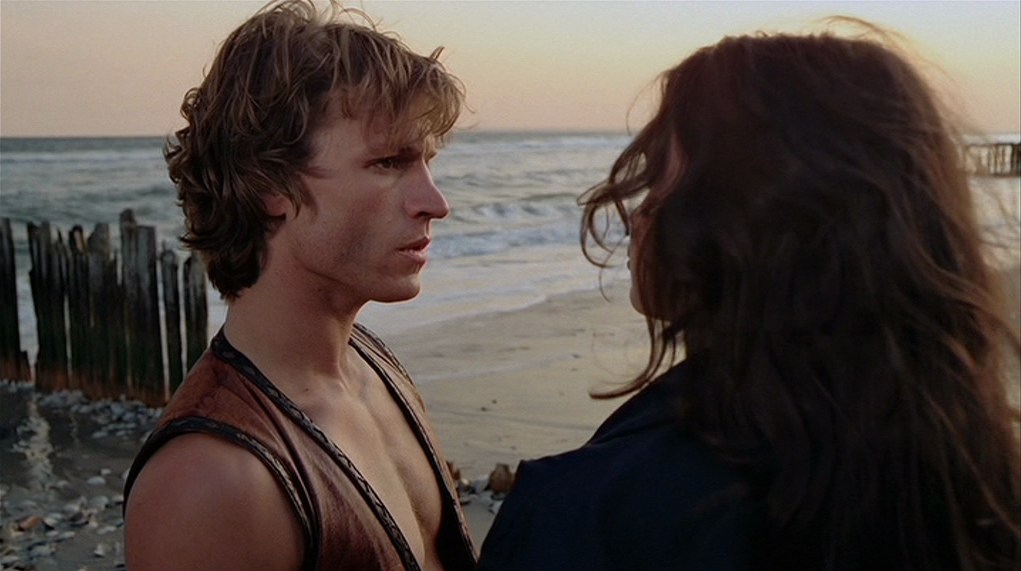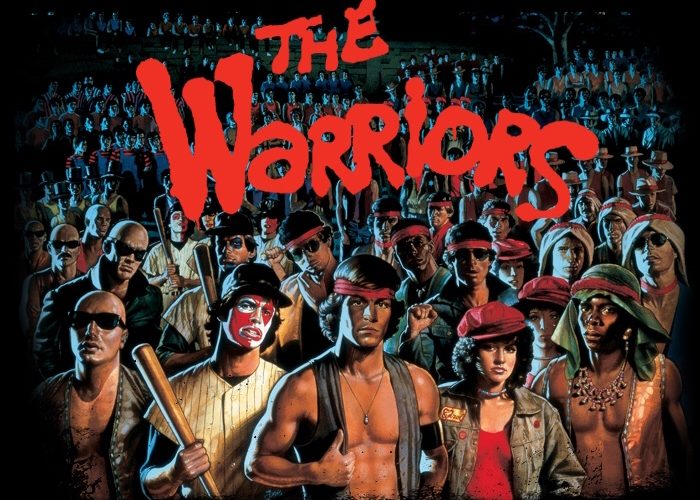The Warriors (1979).
“Maybe we’d better take off.”
Can a film become so iconic, so of its time as to somehow surpass the limitations of its own flaws? The reason I ask this possibly obtuse question is that when recently rewatching Walter Hill’s seminal film The Warriors for its upcoming 40th anniversary, I came away with a conscious acknowledgment that it’s hardly a cinematic masterpiece by the standard parameters that one would imagine are applied by elitist film critics. The film’s young and inexperienced cast is somewhat wooden in places, the dialogue kind of corny and the plot very simplistic, yet the film thoroughly entertained and satisfied me as it did when I first saw it many years ago.
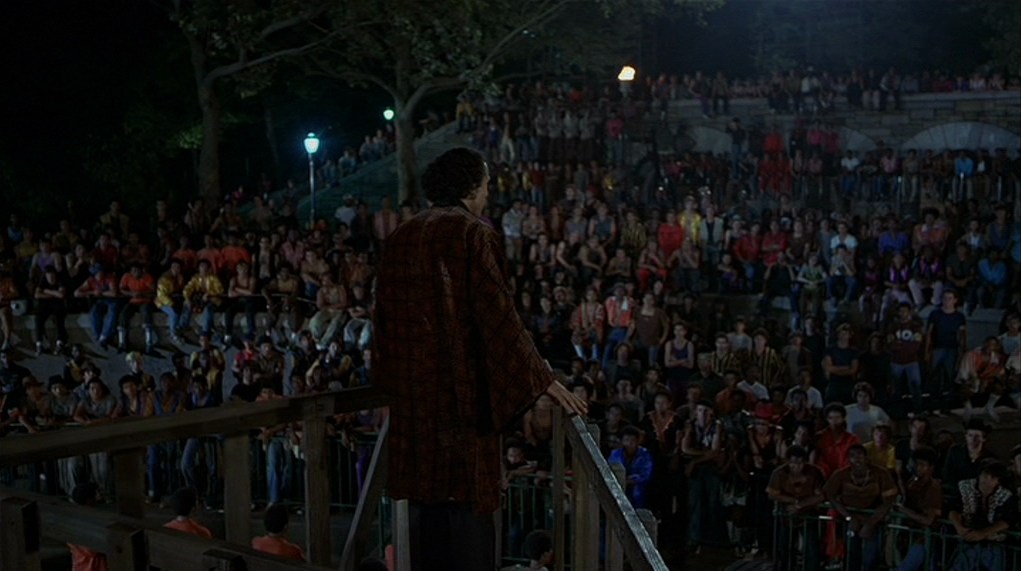
For those unfamiliar with The Warriors, it tells the tale of a New York City set “some time in the future” where dozens of colourful waring gangs meet one night to discuss the possibility of a permanent truce. Their potential unification enabling them to take over the city as an army 100,000 strong and do so one borough at a time. This plan is the brainchild of the meeting’s organiser, the charismatic Cyrus. The crowd seem all for it when he’s suddenly gunned down at the alter from which he gives his booming sermon. Panic and chaos ensues as the police arrive and the titular gang, our protagonists, The Warriors, are wrongly accused of the killing and after their leader Cleon is killed they must embark on a perilous nighttime trek from the Bronx, through Brooklyn and back to their home turf at Coney Island.
Writer Sol Yurick, who wrote the original 1965 novel on which the film was based, intended it as something of a rebuttal to the often romanticised portrayal of street gangs such as those seen in West Side Story and based it on his own experiences as a New York City welfare department worker. There’s also a more interesting historical basis for the film in that it intentionally bears a striking similarity to the Greek legend of Anabasis which told of an army of Greek mercenaries who aligned themselves with Cyrus the Younger in his campaign to seize the Persian throne at the battle of Cunaxa in 401 BC. The Greek mercenaries found themselves cut off behind the Persian enemy lines a thousand miles from the safety of the sea and had to fight their way home much like The Warriors do here. One of the Warriors is even called Ajax after the hero of Greek mythology.
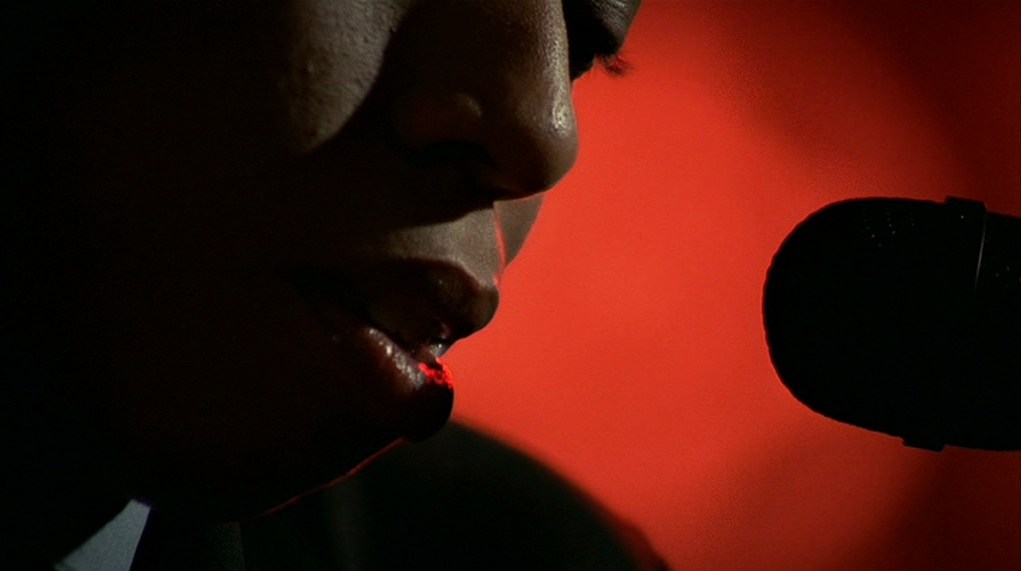
The shooting schedule was hurried in order to beat 1979’s other gang flick, The Wanderers, to screens which it did by several months. The cost of doing so was a condensed 60 day shoot, or more accurately 60 nights of shooting from midnight to 8am. Upon its 1979 release the film was met with controversy following incidents of gang related violence and several deaths that were supposedly linked to the film. Paramount panicked and put a halt to the film’s initial marketing plan but that didn’t stop it making a profit and also becoming a cult hit which, to this day, still has a strong and loyal fanbase.
The film opens with a great montage of The Warriors and the myriad rival gangs heading towards the big gathering. The opening is accompanied by Barry De Vorzon’s phenomenal synth-rock score as is a significant portion of the film. De Vorzon’s kinetically charged music is a perfect a fit to the mood and look of the film and the choice of existing songs peppered throughout the film also perfectly complements the visuals. De Vorzon’s score again kicks in halfway through when The Warriors outrun the cops only to find themselves confronted by the menacing Baseball Furies, a gang gifted with near God-like stamina. The ensuing foot chase is easily the film’s highlight and again De Vorzon’s fantastic score adds immeasurably to the scene.
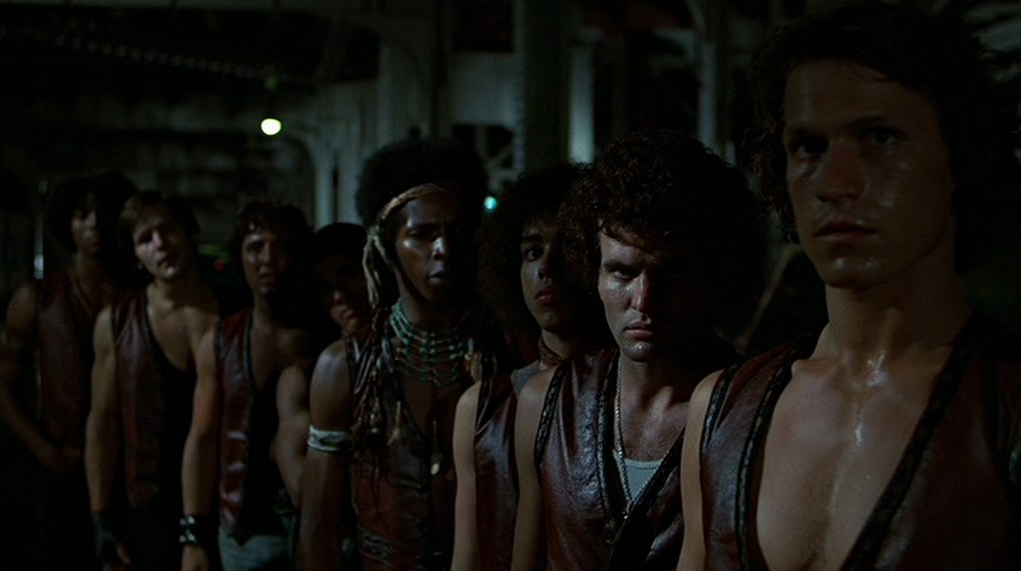
The Warriors‘ relatively simplistic and segmented narrative is one of its greatest strengths and in many ways it resembles a comic book with its intentioned colourful characters and almost chaptered structure. This would be augmented in Walter Hill’s 2005 Director’s Cut where he added animated comic book panels to the existing scene wipes. Whilst the 2005 version brings the film closer to Hill’s original intentions, I’m not a fan of the changes he made. The Warriors conveyed its comic book sensibilities perfectly well in its theatrical form and the new additions are very jarring and pulled me out of the film.
The Warriors is skilfully and rather uniquely narrated by Lynne Thigpen’s sultry DJ of whom we only ever see the lower half of her face as we hear her dulcet tones informing the city of our heroes’ progress over the radio. The film’s main antagonist is the homicidal Luther, leader of rival gang The Rogues, played by a gleefully unhinged David Patrick Kelly who would be so memorable as Sully 6 years later in Commando. His final antagonistic plea that The Warriors “come out to plaaaay” whilst tapping empty beer bottles together is certainly the most oft-quoted line from the film.
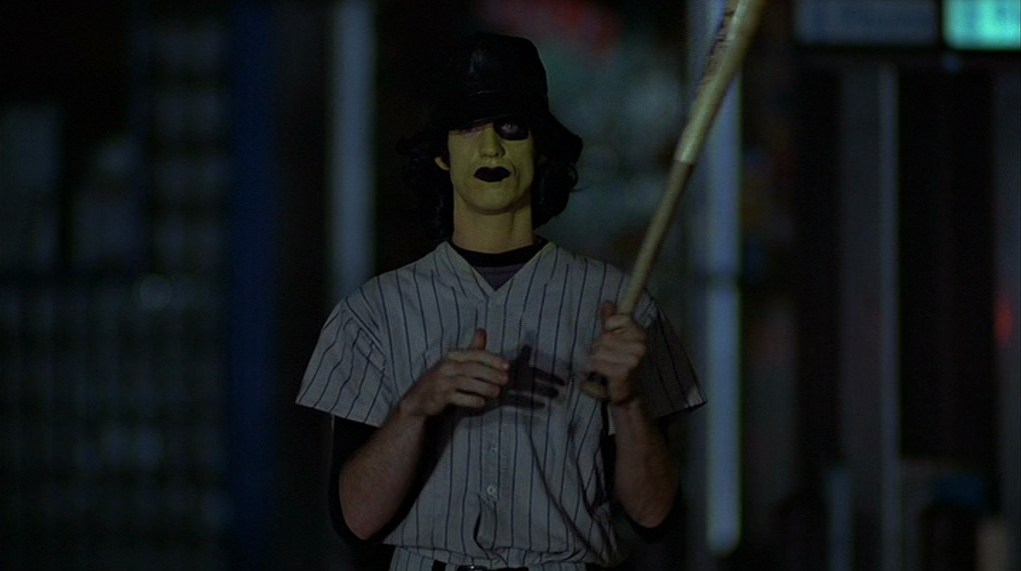
The Warriors may seem somewhat tame in its depiction of gang violence by today’s standards and there’s an almost camp shoddiness to the fight choreography. The slightly cartoonish style extends to the gangs themselves that often have a unique and somewhat kitschy look such as the KISS inspired Baseball Furies with their sports threads and face paint. This hyper-stylised look again harkens back to Hill’s intention of making The Warriors more of a comic-book style interpretation of the source material than an overly realistic one. Eschewing such realism for effect, very few guns are seen, the gangs instead choosing more traditional and showy weapons such as chains, knives and baseball bats. That said The Warriors is carefully balanced by a definite grittiness that keeps the film’s tone from veering towards the absurd.
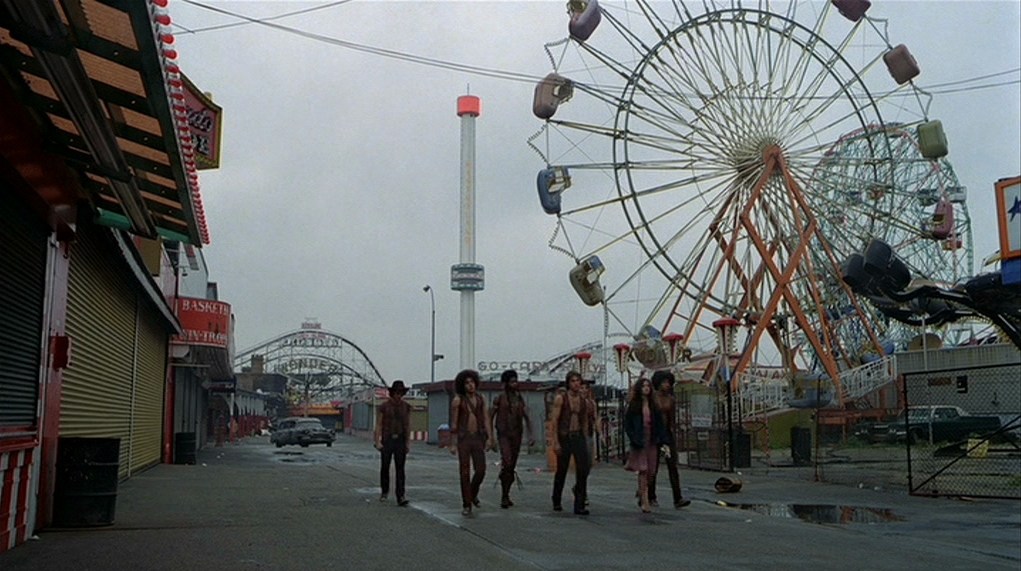
The feel of New York’s more grimy suburbs is wonderfully captured by Andrew Laszlo’s stunning night time photography. He often watered down the shooting locales as if it had just rained in order to capture more of the city’s lights reflecting off surfaces. It’s a simple effect that adds greatly to the film’s visual appeal. It’s not just the visible grime of the poorer suburbs that’s captured but societal grime as well. In one great little scene on the subway, two young socialite couples sit opposite and uncomfortably exchange looks with The Warriors’ unconventional romantic duo Swan and Mercy, both dirtied from the toil the night has inflicted upon them. With no dialogue spoken between the two groups, the scene quietly encapsulates New York’s social class divide.
The thinking behind my opening question as to the film’s iconography and iconic status may not be obvious to those unfamiliar with the film but The Warriors may well be one of the most culturally influential films of the ‘70s. It’s impact went beyond just influencing the glut of similar action oriented gang films that followed in its wake but even inspired an entire genre within another form of media, that of video games. The huge number of scrolling beat-em-ups that were so successful in both arcades and on home consoles in the 1980s and early 1990s owe much to The Warriors. Games such as Capcom’s Final Fight and Sega’s Streets Of Rage series (known as Bare Knuckle in Japan) are but two examples of a genre that was clearly inspired by Walter Hill’s film.
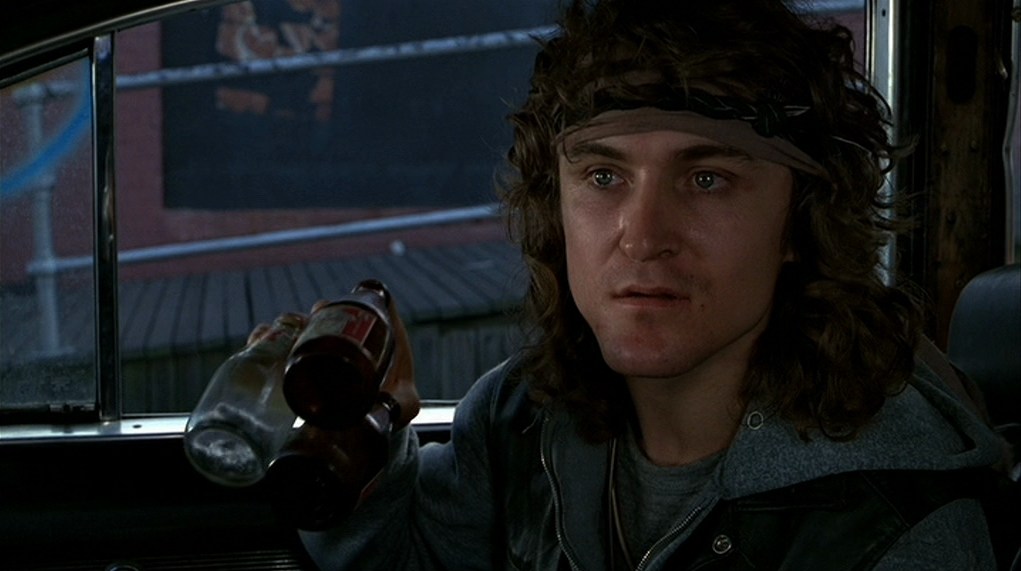
If you’ve never seen The Warriors then don’t go in expecting the same level of gritty realism that permeated many of the decade’s most beloved classics such as Taxi Driver. The Warriors is far more hyper-stylised with an exaggerated, almost cartoonish quality and emphasis on action that‘s balanced by a serious tone and subtle, underlying social commentary. Some may argue that it’s a film that’s showing its age and yes, it is showing its age. The Warriors is very much a film of its time, the late 1970s, but that’s no bad thing and is in fact a huge part of the film’s charm. It’s unique style and tone, cracking sense of urgency and memorable characters make The Warriors a film that satisfies on many levels. It’s a hugely enjoyable cult classic that’s best seen in its original theatrical form and is one of my personal favourite films from a decade replete with classic films. Can you dig it?
Film ‘89 Verdict:
Theatrical Cut – 9/10
Director’s Cut – 7/10
